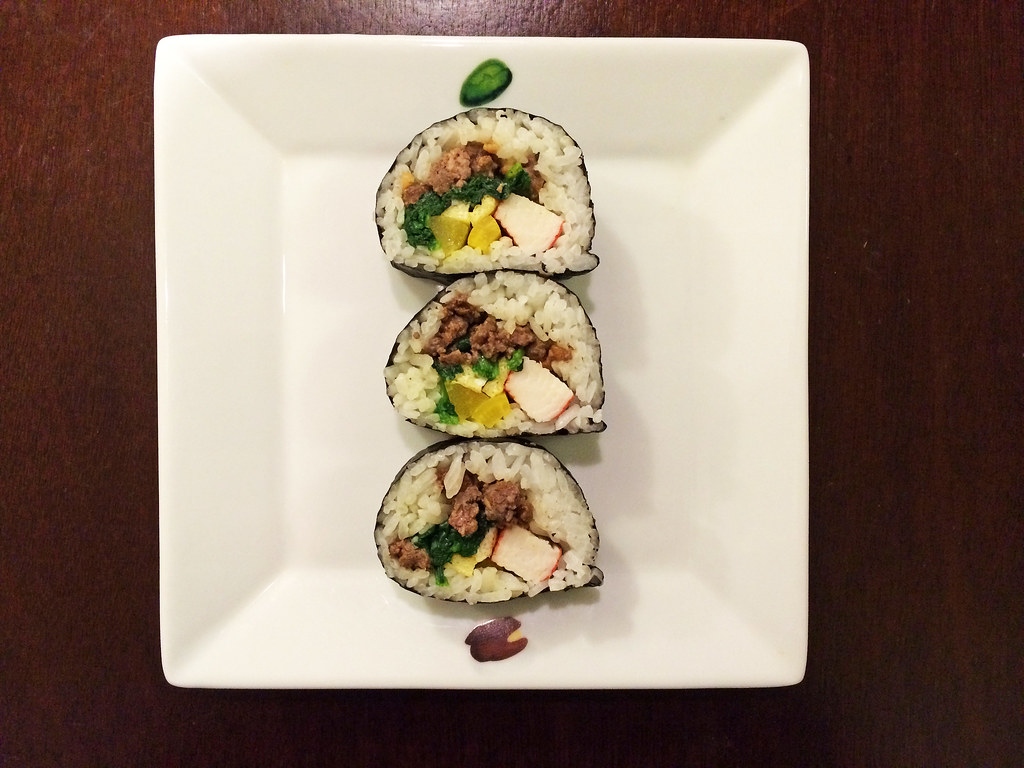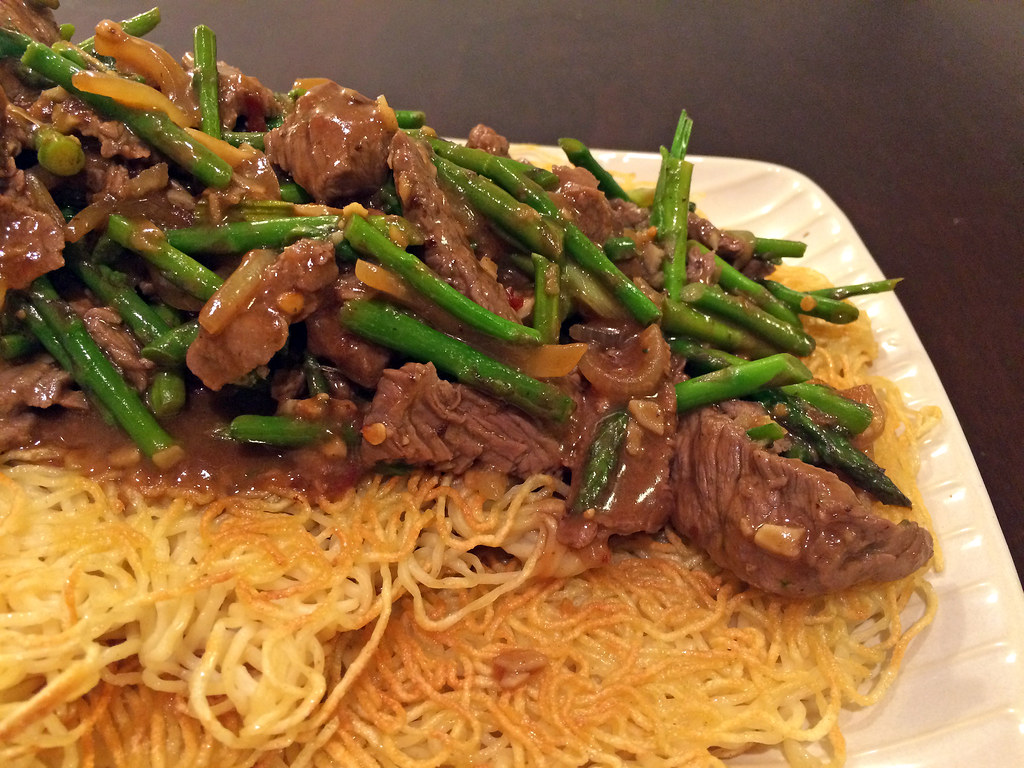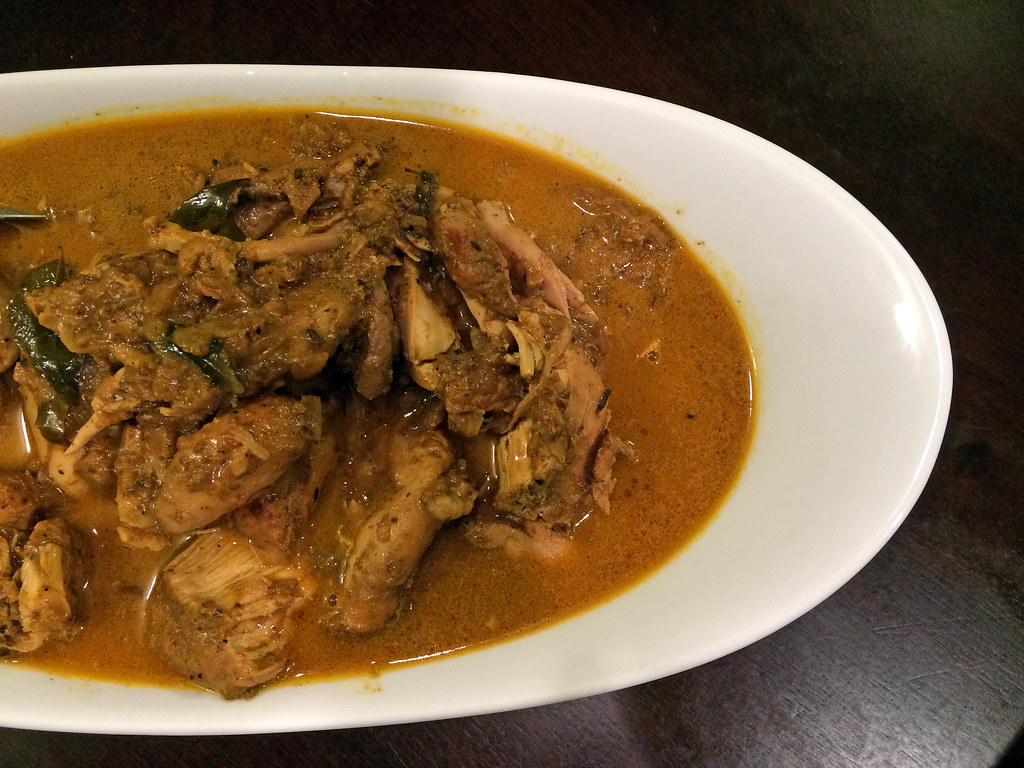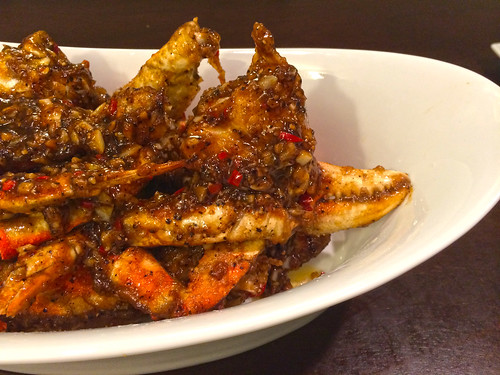I like to think of kimbap as maki sushi’s lesser-known cousin. There’s rice and there’s seaweed, but the fillings are completely different and the rice in kimbap is seasoned with sesame oil, as opposed to vinegar.
Kimbap is a perfect picnic food: easy (albeit time-consuming) to assemble head of time, tastes delicious at room temperature, and it’s healthy to boot. You can be flexible with the fillings: if you don’t like carrots, don’t add carrots. If you really like spinach, add some extra. Me? I’m all about that pickled radish.
Ingredients:
4 cups freshly cooked short grain white rice
salt
3 teaspoons sesame oil
3 eggs
vegetable oil
8 ounces ground beef
1 tablespoon soy sauce
4 garlic cloves, minced
2 teaspoons brown sugar
1/4 teaspoon black pepper
1 pound spinach, blanched in boiling water for 1 minute, rinsed and squeezed dry, and coarsely chopped
6 sticks of imitation crab
6 sheets of nori seaweed
1 yellow pickled radish, cut into thin strips
1. Transfer the warm cooked rice to a large bowl and stir in 1/2 teaspoon salt and 1 teaspoon sesame oil.
2. Beat the eggs with 1/4 teaspoon salt in another bowl. Heat a nonstick skillet over medium heat and add a teaspoon of vegetable oil. Turn the heat to low and pour the beaten eggs into the skillet, tilting so that the eggs cover the bottom evenly. Cook until set but not browned, about 1 minute. Flip the egg sheet over, cook for another minute, and remove from heat. Transfer eggs to a cutting board to cool and cut into 1/2-inch strips.
3. Combine the beef, soy sauce, 3/4 of the garlic, brown sugar, pepper, and 1 teaspoon sesame oil in a bowl. Heat a skillet over high heat. Add the beef and cook for 4 to 5 minutes, stirring occasionally, until the meat is browned. Remove from heat and let cool.
4. Mix the cooked spinach with 1/2 teaspoon salt, the remaining garlic, and the remaining 1 teaspoon sesame oil in a bowl.
5. Heat half a teaspoon of vegetable oil in a skillet over medium high heat. Add the crab sticks and cook for about 1 minute, then flip them over and cook for another minute. Remove from heat and set aside.
6. Divide the rice into 6 portions and place a nori sheet on a bamboo mat, shiny side down. Spread 1 portion of rice evenly over the nori, leaving a 2-inch border at the top. Spread 1/4 cup of the beef mixture in a thin strip across the middle of the rice. Press it down with a spoon so it stays in place. Put one sixth of the spinach, a crab stick, a few egg strips, and a radish strip on top of the beef. Pick up the bottom edge of the mat and use it to roll the seaweed up and over the fillings, then continue rolling up the seaweed, using the mat, until you have a neat roll. Remove the roll from the mat and cut into 1/2-inch slices. Repeat with the remaining ingredients to make 5 more rolls. Arrange on a plate and serve at room temperature.





